(1132 products available)










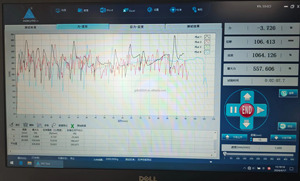
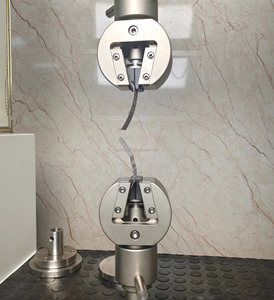


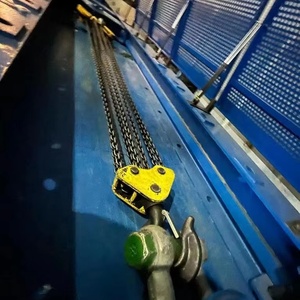























































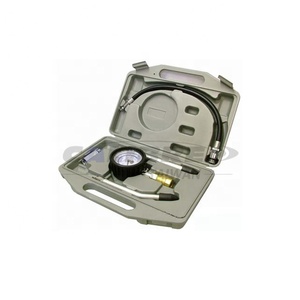





















































































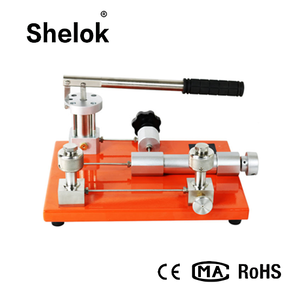
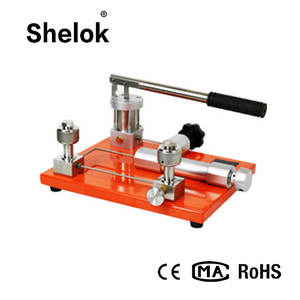








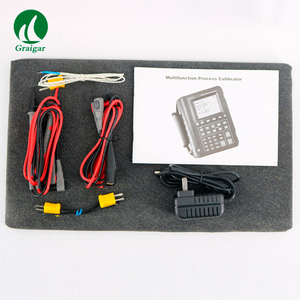


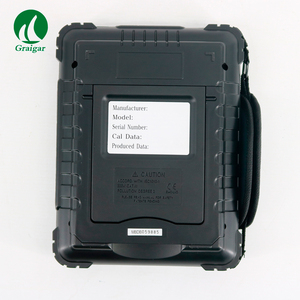















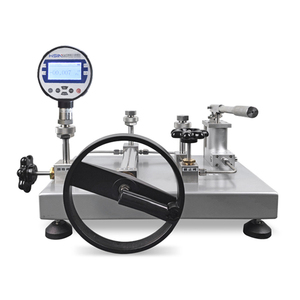

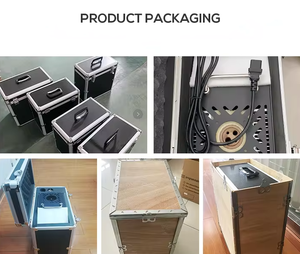





















Calibration of compression testing machines can be done using various methods. Each method varies based on the technique for data acquisition, reference standards, and environmental factors. These methods ensure that the machines are calibrated for specific operational requirements.
This commonly happens in controlled settings. In most cases, it uses standard weights or static loads to check the machine precision. For example, clean concrete cylinder compression testing machine users can adjust the machine to match specific load values. These values are derived from the applied weight or load. These process standards are usually defined by known reference values.
The method is helpful for materials that do not change shape upon load application. It is ideal for users who need to sustain constant deformation. Examples of such materials are concrete and metals. In addition, this method provides high accuracy in compressive force measurement.
The dynamic method uses oscillating or fluctuating loads. People use this to simulate real-life working conditions. A machine load fluctuates over time instead of a single static load. By doing this, the machine's response to variable load conditions gets assessed.
The data acquisition systems employed in this method are often advanced. They provide detailed information concerning the machine performance under dynamic scenarios. Due to this, the method is best for materials that have dynamic behaviors. They are under variable loads such as metals and polymers in their structural applications.
The calibration is done by applying pressure through a hydraulic system. The pressure can be measured and controlled through modern electronic pressure transducers. It effectively simulates high compressive loads with regenerating precision adjustment capabilities. This method suits large-scale testings, such as steel and concrete structures.
The method, as the name says, is all about comparing two or more machines. One machine is the test machine, and the other one is the standard calibrated machine. The latter serves as a benchmark. The test machine results are compared with the reference machine readings. This helps identify discrepancies that need correction.
The appropriate calibration of these concrete compression test machines brings about numerous commercial benefits. These benefits include increasing operating efficiency and boosting revenues while saving costs.
Compressing devices are often exposed to heavy loads. Proper calibration allows them to maintain accuracy while exposed to pressures. In addition, it prevents overloading by giving the right compressive values. This helps avoid machine wear and tear over time. Less machine wear means the compression testing machine operates with much efficiency.
Improperly calibrated machines can lead to inaccurate results. This results in either product failure or sub-standard products. Such situations lead to increased customer complaints and returns. Frequent product returns and customer dissatisfaction adversely affect a business's reputation. Properly calibrated machines produce accurate results. This improves product quality and reliability.
The construction and manufacturing industry are among the most highly regulated industries. Hence there is the need to meet certain quality-related standards. Failure to comply with these standards incurs hefty fines, penalties, and legal costs. In addition, it leads to machine and equipment confiscation.
Machine calibration helps companies ensure they are working within these standards. This helps avoid legal-related issues and their associated costs. In addition, the penalties and downtime pay for non-compliance are significant.
Inaccurate test results can produce defective end products. This contributes to increased product recalls. Product recalls are associated with significant direct costs. These costs incur expenses related to retrieving defective products, compensating affected customers, or even suffering possible legal actions.
Effective calibration reduces the likelihood of such recalls by ensuring accurate test results. In addition, when companies consistently produce high-quality results, they build a good reputation over time. This leads to increased customer trust and loyalty. Companies invest in tool calibrations because of the +ve returns on investment through improved product quality and customer satisfaction.
Compression test equipment has several key features. These key features play an integral part in the setup process.
Compression testing machines require high accuracy and precision in load application and measurement. After all, the results rely on mechanical strength test accuracy. Any slight error in the load application during the test leads to incorrect test results. In addition, inaccurate results impact the machine precision calibrating instruments. This leads to erroneous material property estimations.
Load cells convert applied loads into measurable electronic signals. They, therefore, have to be sensitive to smaller load variations during concrete cube compression machine testing. The more sensitive the load cell, the more accurate the test results are. They come with higher precision in material strength determination. Accurate strength results translate to quality data in determining material behavior under loads.
Temperature can significantly impact machine accuracy. For instance, even a small temperature variation can lead to metal expansion and affect test results. Such impacts are prominent in long-duration tests where the environment changes considerably. This calls for proper management and control of temperature and humidity during the tests. They help maintain the test conditions constant and ensure accurate results.
The systems are important in compressive load application. They collect and in most times analyze machine performance data in real time. This data, therefore, gives machine operators instant feedback on the test progress. It enables quick adjustments as required. The better quality the data collected, the more effective the machine performance evaluation is. This ensures continuous equipment optimization during the tests.
The machines undergo calibration based on established standards like ASTM and ISO. These standards help definite establish load and displacement relationships that must be met during the tests. They help companies meet industry-required standards and avoid non-compliance penalties. In addition, compliance with these standards enables the test results to gain validity in various markets.
The machine overall runability highly depends on its user interface and control system. This is because they need to allow for the easy test setup, control, and result retrieval. Easy functionality helps reduce the setup time and increases operational efficiency. In addition, advanced interfaces may have automatic control capabilities without passing on the test parameters to the system.
Suppliers and users who deal in cement concrete compression testing machines can secure calibrations in various ways. Here are some ways they can secure these calibrations.
The internet has made communication and details exchange easier for people. It is also one of the easiest ways suppliers and users can secure compressive calibrations. They just request for the service and provide such info as machine specifications and the kind of standard required. In return, they get a report detailing all the compressive load values.
This usually happens when transportation is very inconvenient or even impossible. For instance, if the machine is too big, the test load too heavy, or the type of material too hazardous, onsite calibration comes in handy. The calibrator goes to the buyer's location, sets up the machine, and does the calibrations in its working position. This ensures accuracy and eliminates the need for machine movement. It also helps the users and suppliers cut on transport costs.
The labs provide compressive measure calibrations based on standard and international specifications. Buyers just have to drop their machine, and the lab techs do all the work fast and efficiently. This makes it one of the safest and easiest ways to do it, as there is no room for error. However, this only suits those who live close to the lab. Those who don't have to incur transportation costs.
Some new machines support remote calibrations. Remote calibrators go into the machine control systems and make the necessary adjustments. It all makes it more convenient for everyone, especially considering the time difference. Although rare, a few manufacturers offer the service.
The calibration might be through a hand-held device. It is one of the most accurate ways to do it because the technician will go through all the parameters and set them according to the requirements. This method usually comes with a long turnaround time. It also bears in mind that this method requires a skilled technician to obtain accurate results.
A1.Compression testing machine calibration improves the accuracy and precision of load measurements during material tests. It reduces the risk of product failure by offering accurate results. It also increases operational efficiency by minimizing equipment downtime.
A2.The concrete compression testing machine is different from others because it only focuses on testing concrete samples' compressive strength. Others might deal with diverse materials under different conditions.
A3.Having an uncalibrated machine translates to inaccurate load applications. This, in turn, leads to erroneous material strength estimations. Erroneous estimations mean poor-quality products. In addition, it can result in legal penalties for failing to meet industry-standard requirements, reduced operational efficiency due to equipment downtime, and increased customer complaints.
A4.Having an uncalibrated tool means poor-quality products. There are also increased operational costs related to equipment maintenance, downtime, and product recalls. It also results in customer dissatisfaction due to inaccurate test results.
A5.Compression testing machines should be calibrated at least once a year. However, the frequency can vary based on usage, environmental conditions, and industry requirements. For instance, machines used frequently or in harsh environments may require more frequent calibrations.